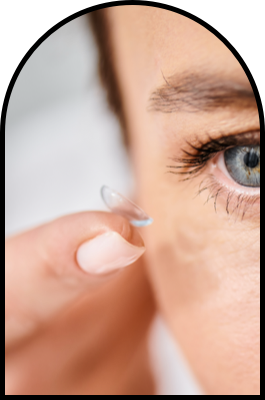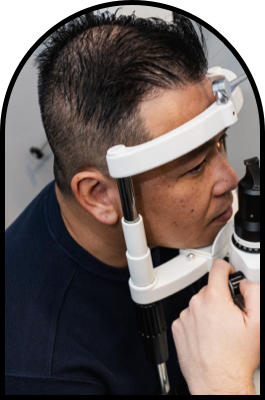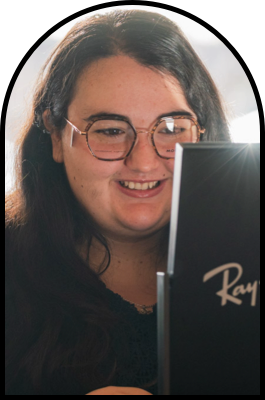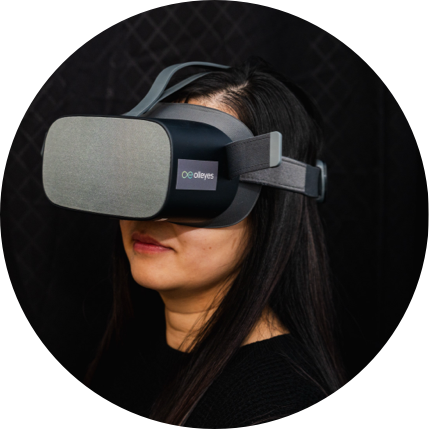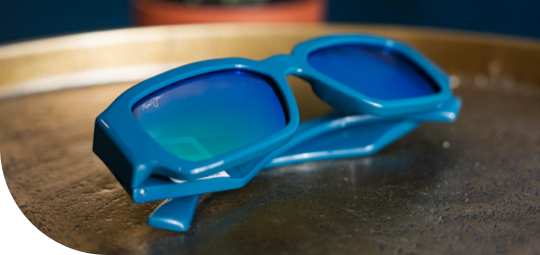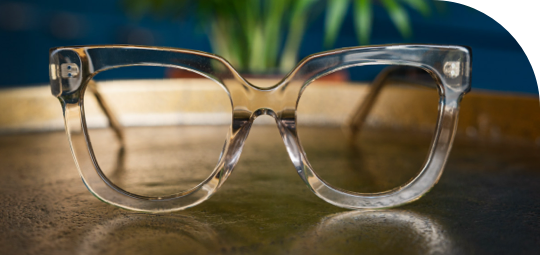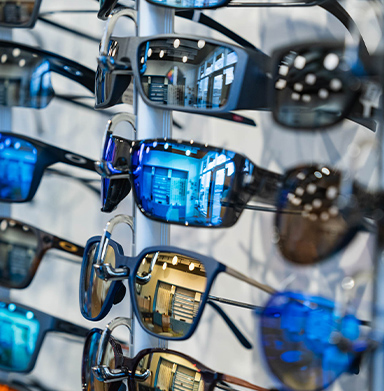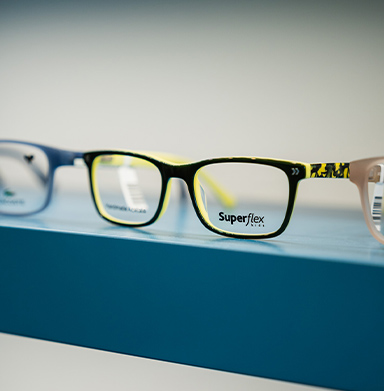Myopia, commonly known as nearsightedness, is a common refractive error. It causes nearby objects to be clear but blurrier the further they get from the eye. For adults with myopia, you may wonder: can myopia be reversed? Or is it permanent?
Myopia can’t be naturally reversed. However, it can be effectively treated with eyeglasses, contact lenses, and some types of myopia control. For adults looking for a solution, laser eye surgery may be an effective way to treat myopia permanently.
What Is Myopia?
Your eyes are part of an extremely complicated visual system, and it all starts with the lens at the front of the eye itself. Light enters through this lens and bends, or refracts, to a certain point inside the eye called the retina. There, it’s sent through the optic nerve, leading to the brain.
But this lens has to be a specific shape to bend light properly. Otherwise, the light doesn’t refract where it needs to go! When the eye is misshapen in any way, or this lens isn’t curved correctly, the light doesn’t focus properly. The brain receives confusing information, and any images built by your visual system can be blurry. This is called a refractive error.
Myopia, a common refractive error, develops when the eye is too long, or your cornea is too steep. This shape causes light to focus in front of the retina instead of on it. While nearby objects may be clear, things get blurrier and blurrier the further away you are. That’s why myopia is often called “nearsightedness”—you can only clearly see nearby objects.
It typically develops between the age of 6-14 and continues progressing over the years until early adulthood. During this time, a child’s prescription will often change as their eyes constantly adjust and grow.
What Causes Myopia?
There is a bit of bad news: the underlying causes of myopia aren’t fully understood. We do know a few things, though!
Genetics play a big role in how likely a child is to develop myopia. In fact, if both parents have this condition, your child is significantly more likely to develop the condition.
Along with genetics, it seems that spending too much time indoors also plays a part. Children who spend most of their time indoors doing activities requiring intense close-up focus, like reading or playing games, are more likely to develop this condition. Meanwhile, children who spend 2 hours a day or more outside typically experience a slower and less severe myopia progression.
This makes it essential to learn the early signs and symptoms of myopia. By noticing problems early, you can intervene sooner and possibly preserve more of your child’s vision.
Early Signs & Symptoms of Myopia
Since myopia often develops during childhood, it’s crucial to recognize its early signs and symptoms to monitor your child’s vision.
Keep an eye out for these signs in your child:
- Squinting or difficulty seeing distant objects clearly
- Frequent headaches or eyestrain
- Sitting too close to the TV or holding books too close
- Rubbing eyes frequently
- Complaints about eye strain
If you notice these signs, it’s time to see your optometrist to discuss treatment and myopia control.
How Is Myopia Treated?
When it comes to myopia, treatment greatly depends on the age of the person in question. Teenagers and adults can use prescription eyeglasses or contact lenses to correct their natural refractive error.
But for younger children, there’s something called “myopia control.” This involves several techniques designed to slow how far myopia progresses. There are several types of myopia control, but at Chestermere Optometry, we’ll likely recommend:
- Prescription eye drops designed to relax certain muscles in the eye to slow elongation temporarily
- Orthokeratology, where specialty contact lenses are worn overnight to reshape the eye and counteract refractive errors temporarily
- Specialty contacts designed to slow myopia progression
- Specialty glasses designed to alter how light enters the eye
However, these treatments aren’t always effective for adults whose eyes have already stabilized and stopped growing. In this case, you may consider laser eye surgery.
The Basics of Laser Eye Surgery
Laser eye surgery exists as a way to reshape the eye’s natural lens in a careful, precise manner. Once complete, your eye can refract light properly and give you clear vision without using glasses or contacts.
There are two primary types of laser eye surgery:
- LASIK
- PRK
What Is LASIK?
Laser-assisted in situ keratomileusis, more commonly referred to by the acronym LASIK, is a common corrective surgery designed to fix myopia and other refractive errors.
During LASIK, there are a few steps:
- Anesthetic eye drops are applied to numb the eye to make sure you are comfortable throughout the procedure.
- Using a high-precision instrument or laser, the surgeon then creates a thin flap on the cornea’s surface.
- The flap is gently lifted to expose the underlying corneal tissue, and a cool ultraviolet laser is used to reshape the cornea.
- The corneal flap is folded back into its original position, where it adheres naturally without the need for stitches.
- Post-procedure, patients are advised to rest their eyes and avoid strenuous activities for a brief period to allow the eye to heal.
Usually, you’ll notice improvements to your vision within a few hours or days after the surgery.
What Is PRK?
Photorefractive keratectomy, or PRK, is another common corrective surgery. Instead of creating a flap in the cornea, PRK uses a laser to remove the outer layer of corneal cells.
The steps for PRK include:
- Anesthetic eye drops are applied to numb the eye to make sure you are comfortable throughout the procedure.
- The outermost layer of cells on your cornea is gently removed with an alcohol-based solution.
- A cool ultraviolet laser is used to reshape the cornea.
- A soft contact lens is placed on the eye as a temporary bandage to protect it while healing.
As the outer layer of cells grows back, patients may experience some discomfort and blurred vision for a few days until their eyes heal completely.
With either PRK or LASIK, an important first step before pursuing the surgery is to schedule a laser eye surgery consultation with an eye care professional. They’ll need to perform a thorough analysis of your eye to determine whether or not the procedure will be suitable! From there, our optometrists would be happy to refer you to a surgeon, and help manage your post-operative care in house.
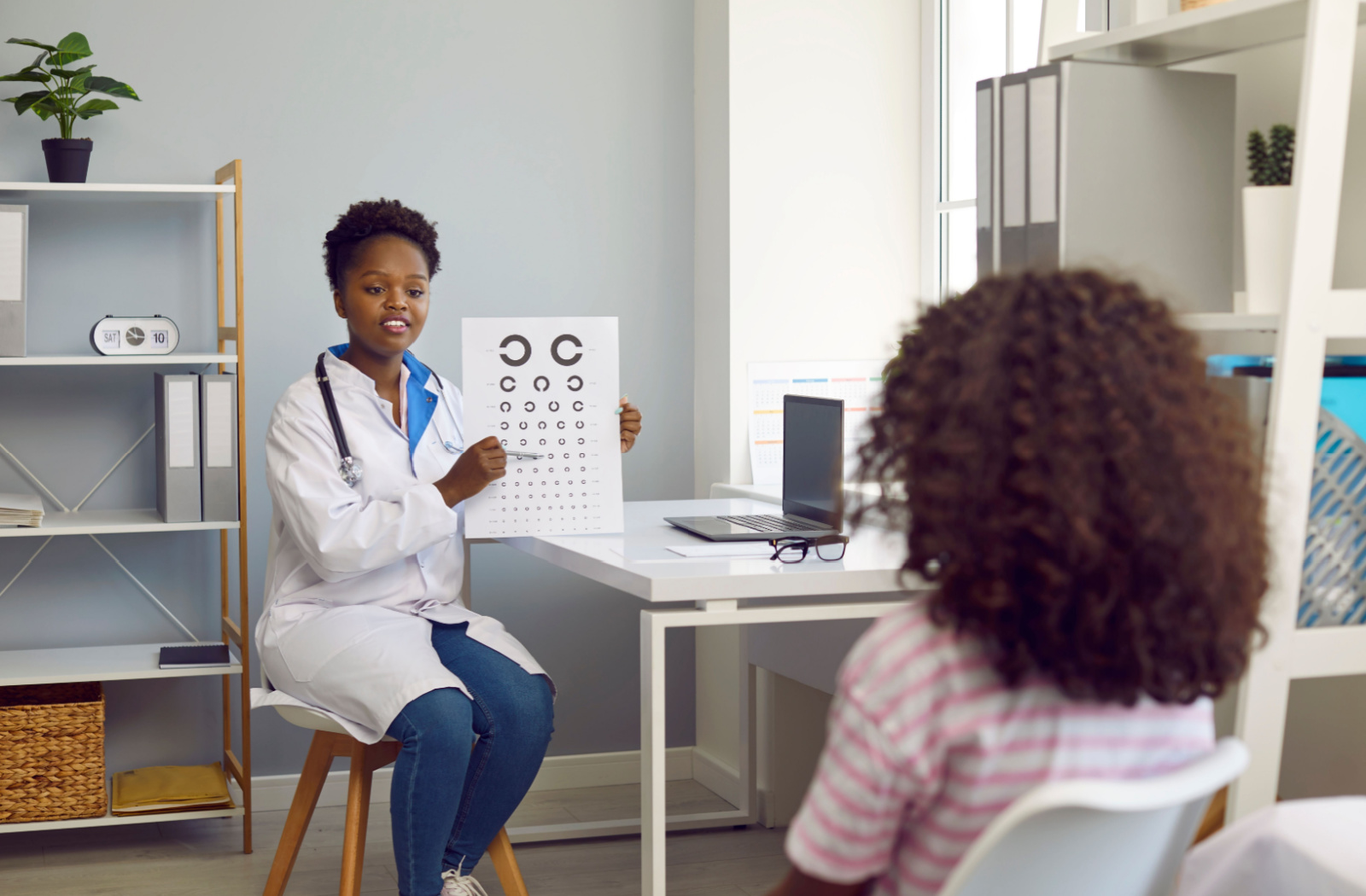
Get Help for Your Myopia
Whether you’re concerned about your child’s vision or are considering a laser eye surgery consultation, our team at Chestermere Optometry is here to help. We offer comprehensive eye care services, including myopia control options and laser eye surgery consultations. So book an appointment with us today and take the first step towards clearer vision!




